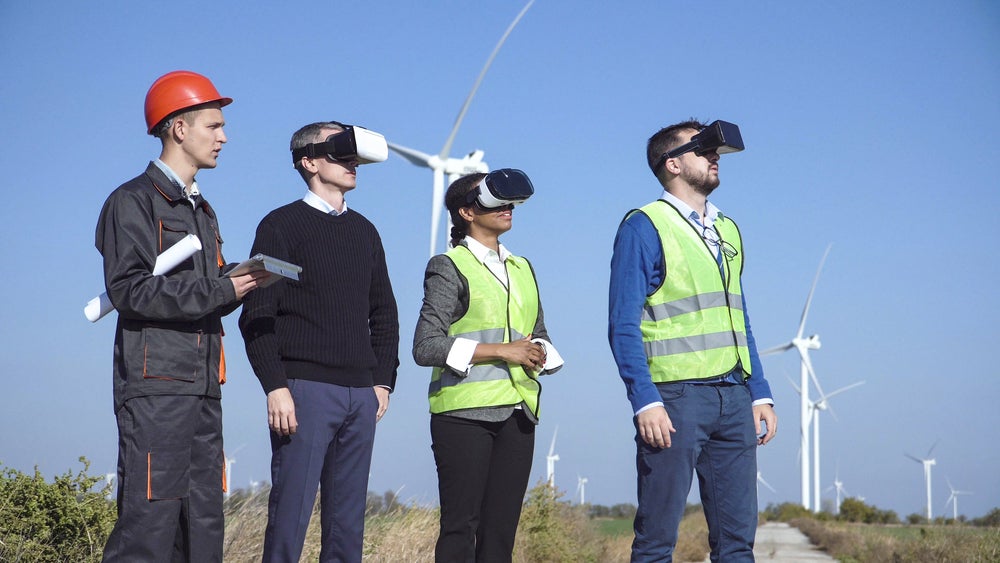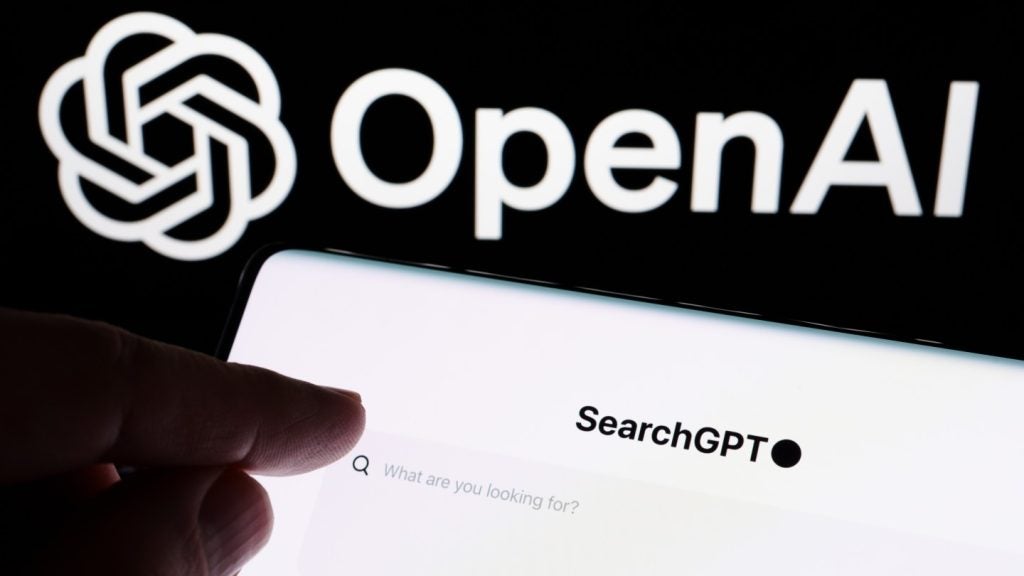
Virtual reality (VR), augmented reality (AR) and mixed reality (MR) are collectively referred to as alternative reality. In VR, the user is immersed in an entirely artificial world. In AR, the user sees the real world overlaid with digital data. In MR, the user sees virtual objects integrated into the real world. So what is alternative reality in business and what are the main themes?
Virtual reality
Virtual reality immerses the user in an entirely artificial world. VR headsets block out the real world entirely to create an ‘illusion’ of reality. VR headsets can be used to play a video game, simulate a battlefield or visualise an architect’s ideas for a building. Example VR headsets include the Facebook Oculus Rift, HTC Vive, Samsung Gear VR, Google Daydream View or Sony PlayStation VR. What distinguishes VR from adjacent technologies such as ‘360 video’ is the level of immersion it promises. When VR users look around – or walk around – their view of that world adjusts the same way it could if they were looking or moving around in the real world.
Augmented reality
Augmented reality allows the user to see the real world overlaid with a layer of digital content. This digital content layer can include sensor-based data, sound, video, graphics, GPS information or other datasets. It has applications in entertainment, education, training, real estate, design and offline retail.
Augmented reality is expected to be hugely disruptive because, ultimately, it could displace the smartphone as the consumer’s main user interface with the digital world. For this reason, all the leading technology companies are investing heavily in the space.
Startup Magic Leap’s much anticipated mixed reality (MR) headset, the Magic Leap One, finally began shipping in 2018. The product combines graphics and real-world views and requires a wired link to a small computer, which clips onto a pocket. In the meantime, Apple is rumoured to be working on an AR headset, with reports suggesting that it plans to have the technology ready as early as 2020.
AR headsets allow the user to see the real world overlaid with a layer or layers of digital content, including images, text, and video. It has uses in entertainment, education, training, real estate, design and offline retail. AR came to worldwide attention in 2016 thanks to the success of mobile AR game Pokémon Go.
The next two to three years will be pivotal for AR, with its chances of crossing over to the mass consumer and corporate markets likely to be determined by a number of factors, including the richness and variety of AR content, the development of smartphone applications, the arrival of all-in-one glasses, and just how successfully the MR players, including Microsoft and Magic Leap, can open up markets. Apple’s entry into the market will also be watched with interest.
Mixed reality
Mixed reality enables the user to see virtual objects integrated into the real world. To borrow an example from Microsoft’s presentation at the gaming trade show E3, you might be looking at an ordinary table at home, but see an interactive virtual world from the video game Minecraft sitting on top of it. As you walk around, the virtual landscape holds its position, and when you lean in close, it gets closer in the way a real object could. In another example, from Magic Leap, you might be sitting inside a school gymnasium watching a basketball match when, suddenly, a whale jumps out of the floor and appears to splash water all over you.
Why does alternative reality matter for business?
Over the next two or three years, most of the action may be around augmented reality (AR) and mixed reality (MR).
This means the critical components could be 3D sensors, 3D cameras, 3D sound systems, high-end application processors, flash memories, radio frequency (RF) chips and batteries.
This tech cluster, and especially batteries within it, is by no means fit for purpose right now for social VR, rich AR or truly mobile VR/AR/MR. Yet these are the kind of products that are firmly on the road maps of Apple, Alphabet, Microsoft, Facebook, Baidu, Alibaba and Tencent.
VR can support several use cases, ranging from sports to music, medicine, engineering, and education, but will require affordable and easy-to-use devices for the mass market.
Lower prices and new launches in 2019 are expected to encourage growth. However, issues like technology glitches, nausea, high prices, and underdeveloped ecosystems remain an obstacle to widespread adoption.
What are the big themes around alternative reality?
AR overtaking VR
In 2016, the VR market was worth $4 billion, with the AR market a tiny fraction of that. By 2020, the AR market may probably be larger than the VR market, with many analysts forecasting global revenues of $30 billion per annum for VR and $50 billion for AR. Both VR and AR are being increasingly applied in entertainment, enterprise and e-commerce with smartphone-based mixed reality bulking ever larger in future. There is more talk of a post-smartphone, post-TV era based on the VR/AR/MR capabilities of Cloud-connected headgear, chiefly in the form of spectacles, by 2025.
The next big computing platform
Augmented reality (AR) could be the next big computing platform. Ultimately, AR may replace the smartphone as the primary connected device user carry around with: imagine wearing a pair of glasses with the computing power of a smartphone, activated by voice, which recognises what the user sees, where the user is and the context in which the user requires information. This is why all the large-cap technology and media companies are taking it so seriously. Apple, as the most profitable smartphone maker, is potentially the most vulnerable in the longer term.
Microsoft factor
Microsoft’s HoloLens, coupled with the Windows 10 operating system, leads the parade in AR/MR platforms for industrial and commercial applications. Thousands of $3,000 HoloLens Developer Edition kits and $5,000 Commercial Suite kits have been shipped to companies to develop ‘use cases’.
Tencent factor
Tencent is poised to enter the VR/AR headset market later this year to capitalize on its status as the world’s biggest games company and its near 1 billion active WeChat user base.
AI
Artificial intelligence is expected to play a big part in future VR ecosystems. Many of these AI services – such as natural language processing, machine learning, image recognition or gesture recognition – could be delivered via the Cloud. Indeed, AI has become the battleground in the war for domination of the next generation of advanced technologies, from VR/AR to the Internet of Things to Robotics to Voice as the next computing platform.
Cloud infrastructure
Cloud infrastructure is the foundation for the next generation of advanced technology platforms such as VR/AR, the Internet of Things, Internet TV, robotics and artificial intelligence. Investors continue to underestimate its importance. Thanks to economies of scale, high capital expenditure requirements and beneficial network effects, barriers to entry are very high.
What is the history of alternative reality?
The story of alternative reality technology so far… … and predictions of the key milestones in the future.
- 1999: “The Matrix”, a movie which depicts future citizens imprisoned in a computer-generated world, is released.
- 2010: Magic Leap founded.
- 2011: Seiko Epson releases Moverio BT-100 smart glasses.
- 2012: Oculus gets Kickstarter funding to finance an Oculus Rift developer kit.
- March 2014: Sony introduces “Project Morpheus”, a VR headset for the PlayStation games console.
- June 2014: Google releases Glass (AR spectacles) for consumers.
- July 2014: Facebook acquires Oculus for $2bn.
- January 2015: Google discontinues Glass.
- February 2015: Apple awarded a patent for virtual reality “head-mounted display apparatus” using iPhone.
- August 2015: Google launches Google Cardboard, a rudimentary surround for smartphones to bring basic VR to the masses.
- November 2015: Samsung launches Gear VR headset, which holds a Galaxy smartphone powered by Oculus software.
- December 2015: Valued at $4.5bn, Magic Leap raises $1.4bn in funding since 2014, with Google and Alibaba main investors.
- January 2016: 21st Century Fox buys a minority stake in Osterhout Design Group, maker of VR/AR smart glasses.
- March 2016: Facebook Oculus Rift, HTC Vive and Microsoft HoloLens (Developer Edition) headsets launched.
- June 2016: Disney’s Lucasfilm forms joint research lab with Magic Leap to work on storytelling within Mixed Reality universe.
- July 2016: Pokémon Go, an AR game, becomes an unexpected sensation as mobile users download the app in their millions.
- October 2016: Sony PlayStation VR headset goes on sale.
- November 2016: Lenovo launches Phab 2 Pro —first smartphone based on Google Android’s Tango AR platform.
- December 2016: Magic Leap’s top PR officer resigns amid rumours product is way behind schedule.
- February 2017: Snap Spectacles launched with an in-built camera – considered cool.
- May 2017: Google introduces Google Lens, an intelligent camera.
- June 2017: Apple announces ARKit, its developer’s kit for AR.
- September 2017: Apple unveils a 10th anniversary iPhone with a stark new form factor and AR features.
- November 2017: Microsoft launches Xbox One X, its VR-ready games console and headset to compete with Sony’s PSVR.
- December 2017: Magic Leap shows a prototype light field MR headset and first working photonics chip.
- March 2018: Microsoft HoloLens becomes available to general public.
- April 2018: IMAX and HTC hit the VR cinema market in China and US.
- April 2018: Facebook makes VR/AR main theme at F8 Conference and unveils camera-loaded glasses optimised for ‘social VR.’
- July 2018: Huawei sets the pace in high-end smartphone AR in China.
- September 2018: Magic Leap ships MR product to developers.
- 2019: E-commerce becomes the strongest demand driver for VR/AR.
- 2025: Alternative reality ‘crosses the chasm’ from early adopters to mass consumer and industrial markets
This article was produced in association with GlobalData Thematic research. More details here about how to access in-depth reports and detailed thematic scorecard rankings.







